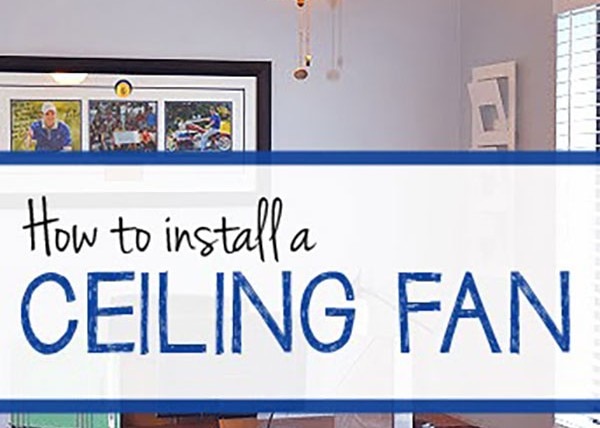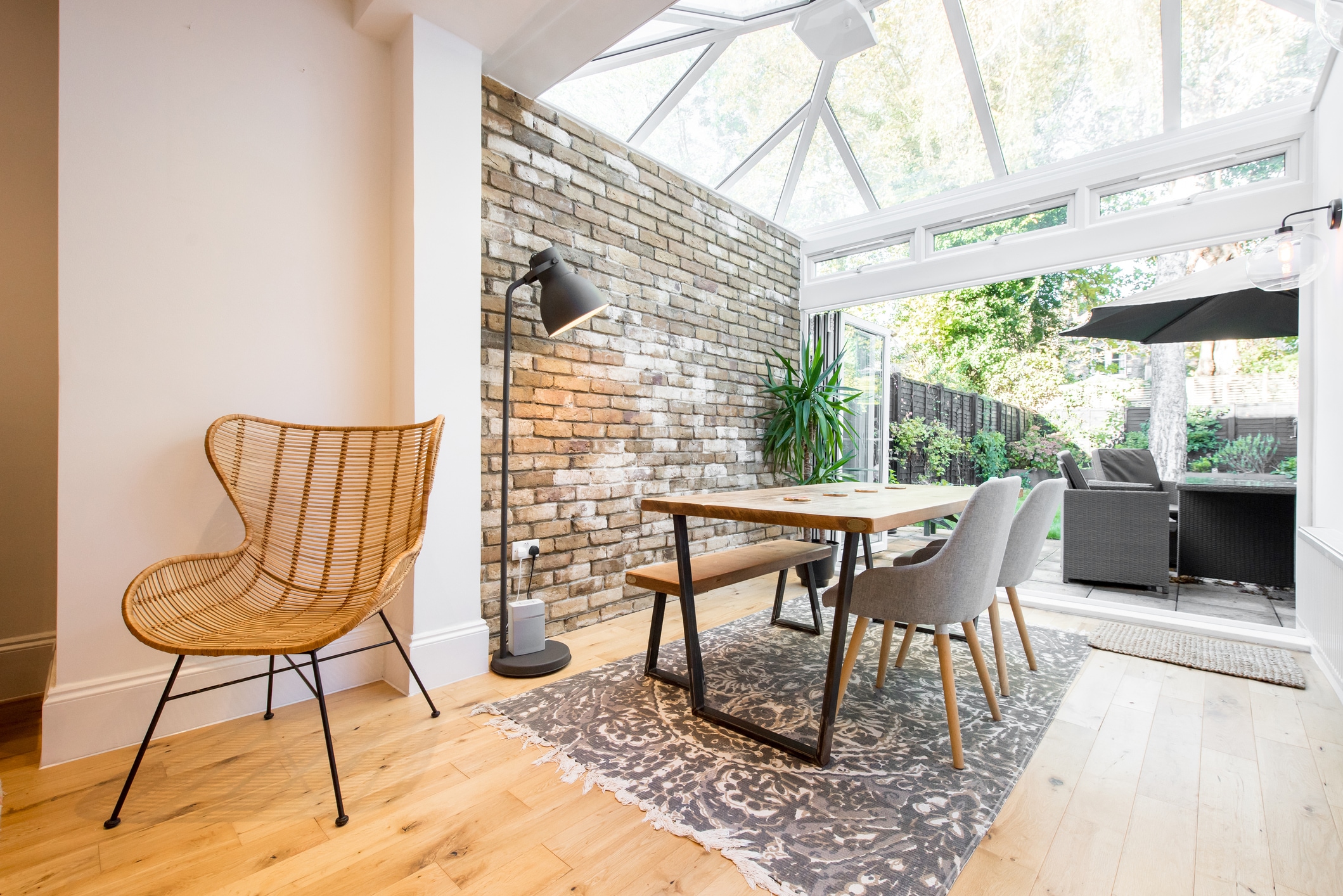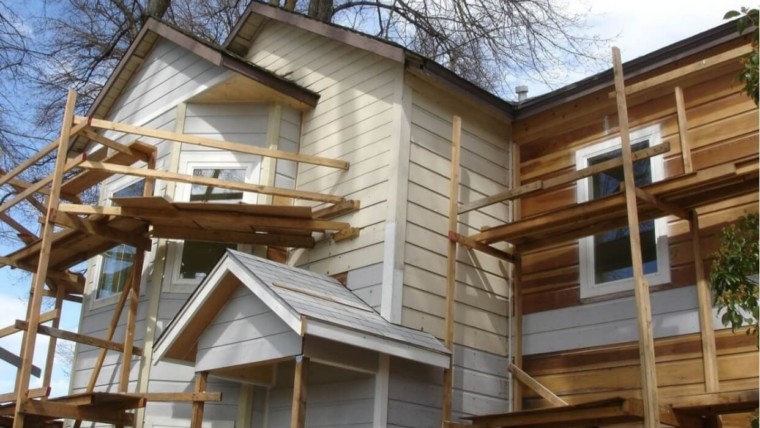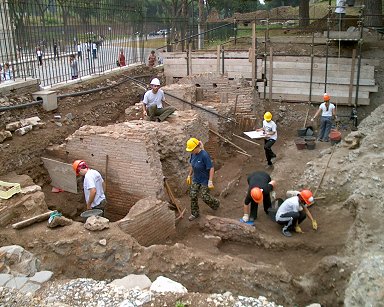You’re itching to jump on the DIY bandwagon and start improving your home by hand, but where do you even begin? If you want your home improvements to succeed and last, you’ll need the right tools and equipment. Don’t scour the home improvement store aisles guessing what you might need — instead, listen to an expert DIYer . Here’s your toolbox supplying cheat sheet from Isabelle LaRue, blogger at Engineer Your Space and expert craftswoman. Start with these basics and add to your kit as your DIY skills grow!
Basic Toolbox for Beginner DIYer:
According to Isabelle, the very first thing everyone should have in their toolbox is a multi-tool. There are many different kinds out there, but most of them will give you a few basic screwdrivers, pliers, a knife and other small useful tools.

Then you have other essentials, like a measuring tape, a hammer, a level and clamps. Isabelle uses corner clamps, bar clamps and spring clamps all the time — they are like having a second set of hands and make building much easier, even for simple projects that don’t require any power tools, like these lighted wall panels.
But a workhorse for any DIYer, no matter if you’re a beginner or advanced, is a cordless drill with a basic set of drill bits and drivers. This will be useful for everything from putting IKEA furniture together, to building your own simple furniture projects like these outdoor benches.
Although you can get most lumber cut at the hardware store, every DIYer should also have a miter box and saw in their tool arsenal — it’s perfect for making straight or 45 degree cuts in small wood boards or for simple IKEA hacks like these double decker nightstands.
Last but not least, Isabelle highly recommends a speed square — they are really inexpensive and are great for ensuring that angles are at 90 degrees and for transferring measurements.
Advanced Toolbox:
For your first advanced toolbox addition, add some more accessories for your drill, like spade bits and hole saw bits. Hole bits are ideal for making space for cords and other wires.

Next, Isabelle recommends adding a combination square to your tools. A combination square is a great addition to the speed square which comes in very handy for transferring measurements.
If you know you will be needing a lot of a certain material, get the supplies you need to best handle that medium. For Isabelle, metal snips are very useful for a variety of projects — they can cut thin gauged metal and can also cut thicker materials, like wooden embroidery hoops which she uses in many of her lamp making projects.
Though not essential, Isabelle recently added a hands-free laser level to her tool kit, and finds it very useful when you’re working by without a helper while trying to install a mirror or picture frames!
Now that you’ve got the means, take a look at our DIY page on Hometalk for some inspiration! For more great DIY, home improvement, and woodworking tips, follow Isabelle on Hometalk.
Hometalk Experts are standouts in their industry and provide trusted advice on home improvement and gardening projects. Experts include reputable interior designers, painters, contractors, craftsmen and real estate professionals. Hometalk Experts are an active part of Hometalk's community, answering individual questions and providing inspiration through their own completed projects.

















